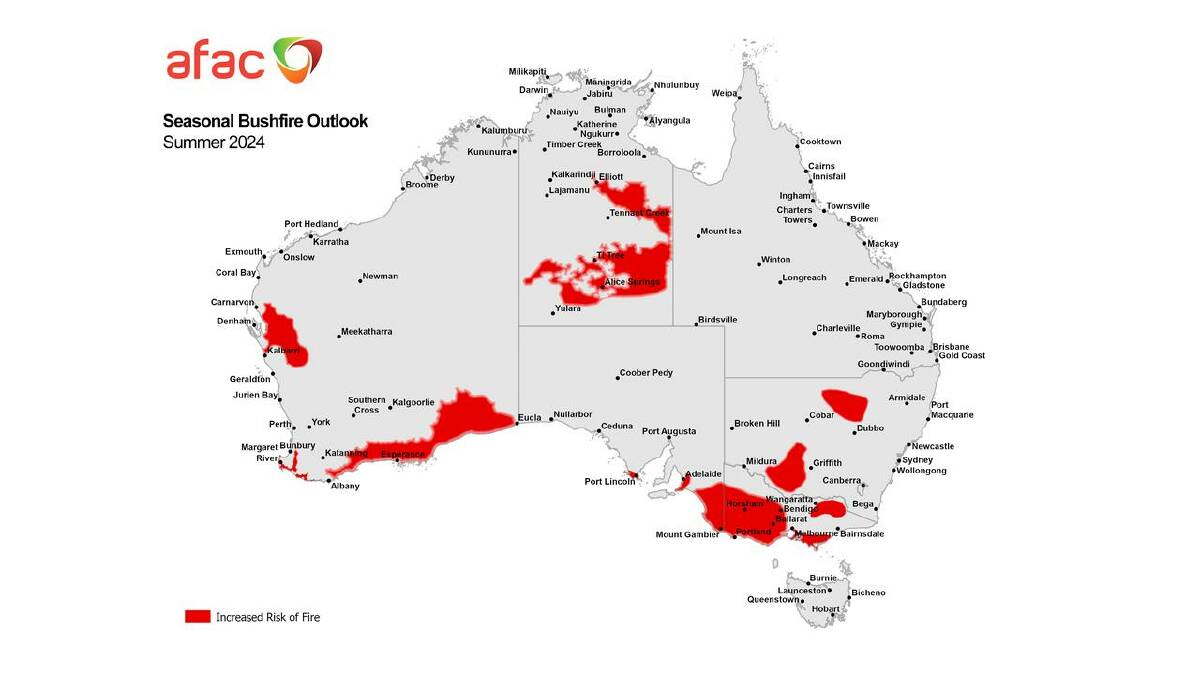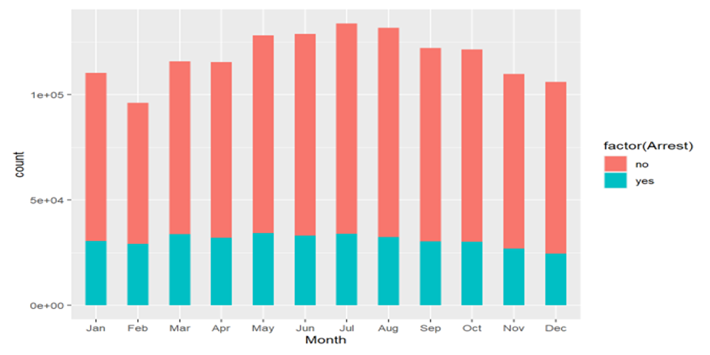Cities Under Siege: The Growing Threat Of Climate Whiplash

Table of Contents
Understanding Climate Whiplash and its Urban Impacts
Defining Climate Whiplash
Climate whiplash differs from the gradual warming trend of climate change. It refers to the erratic and intense oscillations between contrasting extreme weather events. These "whiplash effects" are characterized by rapid shifts, such as a prolonged drought suddenly followed by intense rainfall, or a record-breaking heatwave immediately preceding a devastating flash flood. These unpredictable oscillations pose unique challenges to urban planning and disaster preparedness.
- Examples of climate whiplash events: A severe heatwave followed by torrential downpours leading to flash floods; a prolonged period of drought suddenly interrupted by intense cyclones.
- Cascading effects: One extreme event can worsen the impact of the next. For instance, a drought can leave the land parched and vulnerable to wildfires, while subsequent intense rainfall can lead to devastating landslides.
- Disproportionate impact: Vulnerable populations, including low-income communities and marginalized groups, are often disproportionately affected by climate whiplash impacts, facing greater risks due to limited access to resources and adequate housing.
Case Studies: Cities Facing Climate Whiplash
City Examples
Several cities globally are experiencing the harsh realities of climate whiplash. Let's examine a few:
-
Mumbai, India: Mumbai's monsoon season has become increasingly erratic, with periods of intense rainfall causing widespread flooding, overwhelming drainage systems, and disrupting transportation. The city's densely populated areas and inadequate infrastructure exacerbate these climate whiplash impacts.
-
Phoenix, Arizona, USA: Phoenix consistently experiences record-breaking heatwaves, pushing the limits of its energy grid and impacting public health. The intense heat is often followed by short, intense periods of rainfall, which, while seemingly beneficial, can lead to flash floods in areas with limited drainage.
-
London, UK: While not typically associated with extreme heat, London has witnessed increasingly frequent and intense heatwaves, followed by periods of heavy rainfall. This leads to issues such as infrastructure damage, public health concerns, and increased strain on resources.
The Infrastructure Challenge: Preparing Cities for Climate Whiplash
Vulnerabilities in Urban Infrastructure
Existing urban infrastructure is often ill-equipped to handle the rapid and unpredictable shifts in weather patterns associated with climate whiplash. This creates significant vulnerabilities across various sectors:
- Drainage systems and flood control: Outdated drainage systems struggle to cope with intense rainfall, leading to widespread flooding and damage.
- Energy grids: Extreme heat or cold puts immense strain on power grids, leading to outages and disruptions.
- Transportation disruptions: Extreme weather events can severely impact transportation networks, causing delays, closures, and economic losses.
- Water supply: Both droughts and intense rainfall can disrupt safe and reliable water supplies, impacting public health and hygiene.
Mitigation and Adaptation Strategies: Building Resilient Cities
Proactive Measures
To combat the growing threat of climate whiplash, cities must adopt proactive mitigation and adaptation strategies:
- Improved early warning systems: Accurate and timely weather forecasts are crucial to allow for effective emergency planning and evacuation procedures.
- Investing in climate-resilient infrastructure: This includes implementing green infrastructure (e.g., green roofs, permeable pavements) to manage stormwater, upgrading drainage systems, and building more resilient energy grids.
- Sustainable urban planning practices: Strategies such as urban greening, increased tree cover, and efficient building design can help mitigate the urban heat island effect and improve resilience to extreme weather.
- Community engagement and disaster preparedness programs: Educating communities about climate risks and empowering them to participate in disaster preparedness initiatives is vital.
Conclusion
The increasing frequency and intensity of climate whiplash pose a significant threat to cities worldwide. The unpredictable nature of these extreme weather events overwhelms existing infrastructure and disproportionately impacts vulnerable populations. Building resilient cities requires a proactive approach encompassing improved early warning systems, investment in climate-resilient infrastructure, sustainable urban planning, and robust community engagement programs. Understanding the growing threat of climate whiplash is crucial. Learn more about how your city is preparing and get involved in building a more resilient future. Take action today against climate whiplash!

Featured Posts
-
 Is Chicagos Reduced Crime Rate Sustainable A Data Driven Analysis
May 28, 2025
Is Chicagos Reduced Crime Rate Sustainable A Data Driven Analysis
May 28, 2025 -
 Arsenal Gyoekeres Teljes Statisztika Golok Teljesitmeny
May 28, 2025
Arsenal Gyoekeres Teljes Statisztika Golok Teljesitmeny
May 28, 2025 -
 Smartphone Samsung Galaxy S25 128 Go Avis 5 Etoiles Prix Imbattable
May 28, 2025
Smartphone Samsung Galaxy S25 128 Go Avis 5 Etoiles Prix Imbattable
May 28, 2025 -
 American Music Awards 2025 Host Announcement Jennifer Lopez
May 28, 2025
American Music Awards 2025 Host Announcement Jennifer Lopez
May 28, 2025 -
 Viktor Gyoekeres Istatistikler Performans Ve Attigi Goller
May 28, 2025
Viktor Gyoekeres Istatistikler Performans Ve Attigi Goller
May 28, 2025
